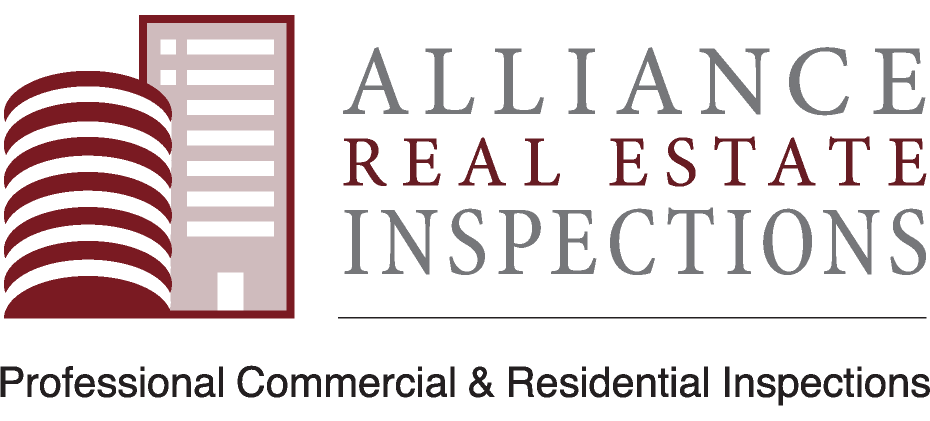| Due to warning signs being obscured, such as cracked concrete being covered by carpet or the defect being in an area difficult to access, building occupants often miss foundation problems.
The stability of any foundation can depend heavily on the ground on which it sits. Improper drainage around a foundation can result in erosion to the soil, which can lead to various problems with the structure.
Possible red flags:
Cracks in walls, tiles, drywall or chimneys: Some settlement is normal and subsequent cracks are considered cosmetic. But bigger cracks that are wider at one end or somewhat horizontal can indicate a more serious situation.
Windows, doors, cabinets or other fixtures being misaligned or gapped: When a foundation moves, it can throw supporting beams off kilter. As a result, doors and windows may shift and rub or stick. Cabinets or other fixtures may separate from walls.
Walls, floors or ceilings bubbling, bowing or warping: When soil erodes or compresses, anything above it may also shift. This can result in floors sloping or walls tilting or bowing, which can cause the ceiling to also move. Bubbling is often a sign of moisture intrusion. The water intrusion may not be related to the foundation, but it should still be investigated.
Dips/sags in flooring or parts of concrete moving upward: When a floor dips or sags, this usually means the foundation is shifting, often because soil is eroding away from the foundation. When floors or concrete lift, this is often due to the ground swelling/expanding after a rain or the excess water could be because of a burst pipe.
Stagnant or intruding water: Water gravitates downward. Any leaks or flooding will generally travel to the foundation. When water enters a space and does not readily flow out, water can become stagnant and result in musty smells, mildew or mold. Left too long, wood will rot and compromise beams, concrete, soil, et cetera. |
| Any of the above could be a sign of a hazardous situation. If you see any of the above, contact a licensed foundation specialist to examine the structure. Identifying any issues early could increase your chance of avoiding severe damages and more costly repairs.
In some cases, the source of the problem lies solely with the soil, such as with liquefaction, and the foundation specialist may recommend a geologist. |
Spotlight on Foundation
Posted in Qualified RE Inspectors.

